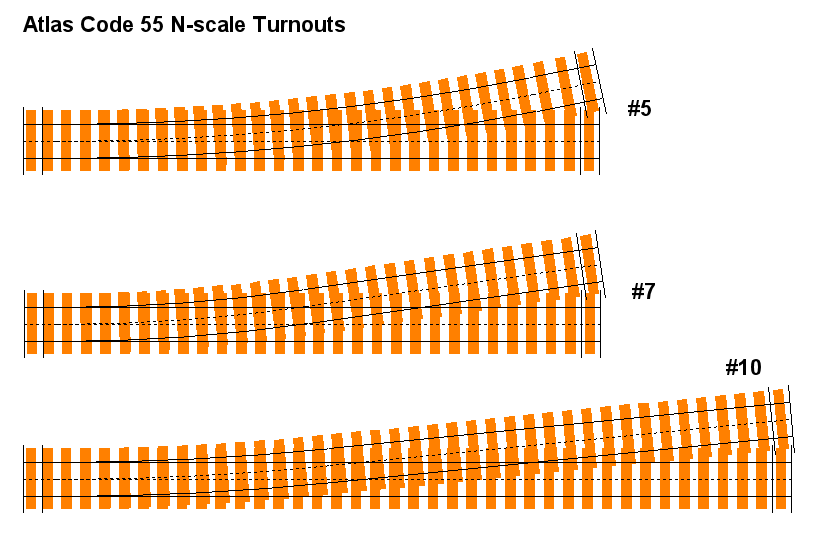gator do 65
Member
Ok guys and gals I need some explanation on turnout terminology?
Such as;
Frogs powered or non powered, #4,6... turnouts, snap turnout, tortious machine, and of coarse my mind is drawing a blank now! I know there is more! so if you can think of other strange named items that pertain to turnouts please throw them out there in hopes it'll help!
Thanks in advance, Gator
Such as;
Frogs powered or non powered, #4,6... turnouts, snap turnout, tortious machine, and of coarse my mind is drawing a blank now! I know there is more! so if you can think of other strange named items that pertain to turnouts please throw them out there in hopes it'll help!
Thanks in advance, Gator



